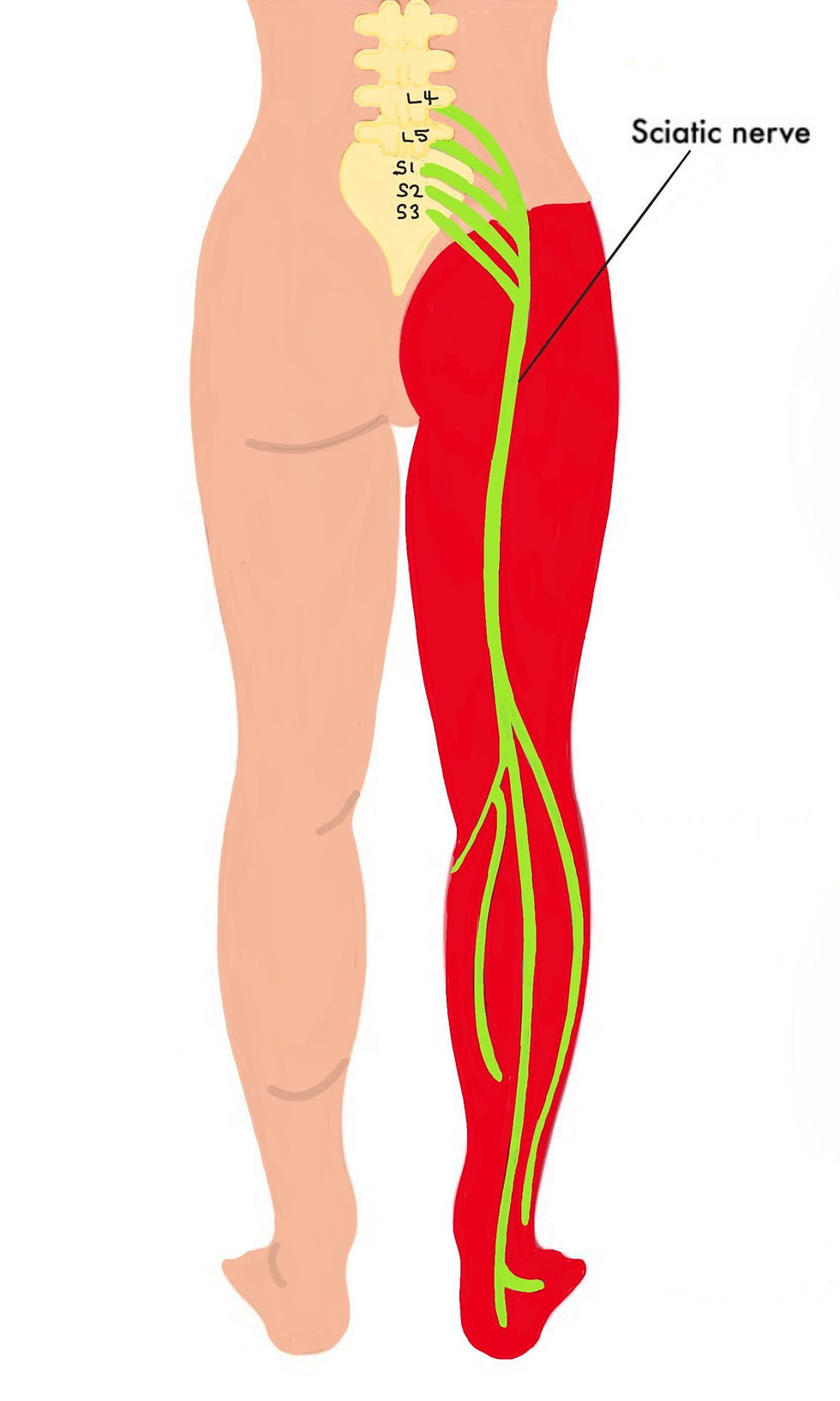
Back Pain
One of the most frequent reasons to make an appointment with your health practitioner is because of ‘Back Pain’.
As common as that problem is, it is also important to understand that it can also be a complicated problem, since there are so many reasons to have ‘Back Pain’.
Let us review the anatomy of the spine and all its soft tissue attachments.
The skeleton—all 206 bones—is held upright by many soft tissue structures-ligaments, cartilage, fascia, and muscles—which literally cover us from head to toe, enabling us to move.
Overuse, wear and tear, sprains, and strains (injuries) are the main causes of soft tissue pain—a term that is used to refer to most of the other structures in the body, besides bones.
Because of their placement in the body and their nervous supply,
these structures produce different types of sensations and therefore experiences, of 🔴which can be very confusing and worrisome.
Make some modifications and incorporate that ‘change’ 24/7 – not just when you experience a 🔴 problem!

If we remove most of the muscles covering our body, we can better view the anatomy of the spine—the vertebral column.
The spine (spinal column, backbone) starts at the base of the skull and ends at the level of the hips. It is made up of 33 drum-shaped bones called vertebrae (1 vertebra).
The top 24 vertebrae are attached one to the other by small facet joints, which allow movement to occur in different directions.
Each vertebra is also separated from the one above by a disk (disc) of slippery material called cartilage (and other tough fibrous tissue), which protects and cushions the vertebrae.
The end of the spinal column is called the sacrum and is comprised of the remainder of the vertebrae that have fused together, the last one called the coccyx or tailbone.
The spinal nerve roots emerge from the spinal cord and exit through the facet joints at different levels of the spinal cord (from the upper cervical region to the low lumbo-sacral area).
Each nerve will innervate a specific region or segment of the body. These nerves have both a sensory and motor division, allowing movement and sensation (OUCH!)/
Bones are wrapped in another type of soft tissue called periosteum, which has its own blood and nerve supply.
Pain is rarely caused by bony tissue alone, unless the bones are diseased (malignancy) or broken (fractured).
But, aging, trauma, and at times disease can cause a narrowing of the spaces between the vertebrae.
When the cushioning effect of the disc is lost, vertebrae can touch each other, causing OSTEOARTHRITIS (osteo- bone; arthro-joint-itis-irritation).
Bony spurs or osteophytes can also form when the ends of the vertebrae rub against each other.
DEGENERATIVE DISC DISEASE (DDD) is the term used when these ‘degenerative’ changes occur in more than 1 area of the spine.
It is NOT a true disease but a condition, which is not necessarily a problem unless PAIN is associated with it.
As we get older, most of us will have some narrowing of the spaces between the vertebrae (another reason for getting a little shorter!).
SPINAL STENOSIS: A narrowing of the foramina (opening, tube) in the spine can cause pressure/irritation on the spinal nerves as they exit. This narrowing can be caused by the formation of extra bone (osteo- arthritis, and/or by one or more vertebrae no longer being in alignment with the one next to it.
Conservative management is recommended, but there are times when surgery is the best option.
DISC HERNIATION : (Slipped Disc): When the disc moves out of its normal alignment in the spinal column, it can impinge (press) on the spinal nerve(s) exiting from the spine at that level. The most common herniation moves the disc backwards into the spinal canal, causing radiating pain into the arms or legs.
All the problems noted above can occur in any area of the spine but are more common in the weight-bearing regions in the mid to low back.
And orthopedic or neurosurgery may be recommended if conservative management does not resolve the 🔴 problems. It is important to work on conservative management first, even if it takes time.
Although the OUCH is processed in our brain, it is important to remember that the cause or reason for the soft issue pain is often located somewhere in our physical body.
And, if the back pain is totally related to strain of muscles and joints, then ‘conservative management’ will often resolve the problems. (Review the Ammunition / Tools under Self-Management Section on the website).
Your plan includes managing the 🔴 by paying attention to what it is telling you to do—change position, rest, do some gentle exercise, apply topical analgesics, or use your TENS—and a ‘promise’ to yourself to gradually and with some guidance get into a better shape—to strengthen those muscles!
Reviewing the positions and postures you are in when working, doing your household chores, and when playing sports activities will also be helpful.



